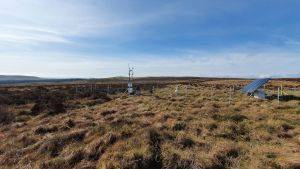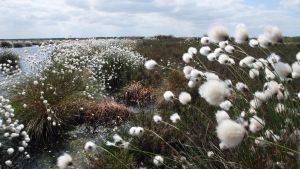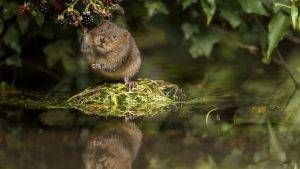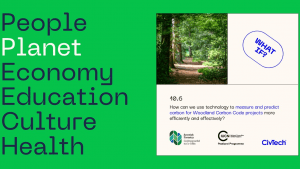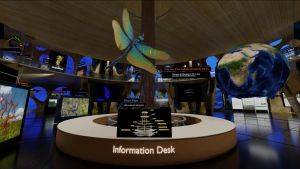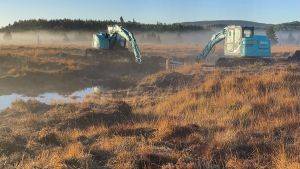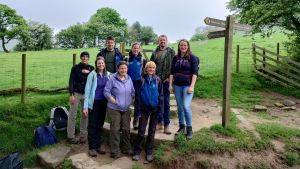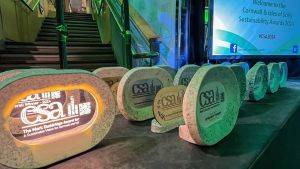Cors Geirch NNR (Anglesey & Llyn Fens LIFE Project
Introduction
Situated on the Lleyn Peninsula, Cors Geirch comprises part of the large expanse of fen in Wales; in the UK this expanse of fen is second in size only to that found in East Anglia.
The Anglesey and Lleyn Fens LIFE project aimed to bring 750 ha of fen into recovery.
Description
The complex habitat found at Cors Geirch is thought to centre round the site of a large pro-glacial lake, which over time became a bog. The bog has rather high levels of alkalinity, owing to it being surrounded by limestone rocks, from which dissolved minerals are washed out by rainwater and into the calcareous fen.
Cors Geirch supports a great diversity of wildlife, but is best known for its orchids, holding the first Welsh record of the rare narrow-leaved marsh orchid (Dactylorhiza traunsteinerioides). Black bog rush (Schoenus nigricans) can also be found here, rare in many other UK fen habitats as a result of drainage. The establishment of healthy populations of black bog rush and other rare flora was one of the priorities of the LIFE project.
Project Aims
Please note the figures below account for work carried out over the entirety of the Anglesey and Lleyn Fens LIFE project, which included Cors Geirch:
- Removed and reprofiled 100,000 tonnes of damaged soil over 20 ha
- Mowed and burnt over 200 ha of rank overgrown fen
- Opened up over 500 ha of land to grazing
- Removed over 100 ha of scruh that was shading out fen species
- Entered into an agreement with landowners to manage over 200 ha of land in a mutually beneficial way
- Restored over 3.5 km of springs, streams and seepages
- Got water levels right over 6 km of ditiches
- Brought over 200 ha of land into direct conservation management and improved public access.
Restoration Delivered
Enriched soil and upper peat layers were removed from over 20 ha to rejuvenate the development of new fen habitat - making this was one of the largest fen restoration projects in Europe at the time. Large scale hydrological restoration also took place, through a programme of ditch blocking and separating enriched water from spring water, redirecting enriched water away and spring water into the fens. Introducing extensive grazing by Welsh ponies and cattle has helped to prevent grasses from dominating. This followed a programme of biomass removal from the sites. In addition, the project worked with local farmers to establish good working relationships. This two-way relationship provided additional grazing land for the farmers, whilst supplying a conservation grazing regime on the fen. Some of the key items of work on this particular site included:
- Hydroseral reversion through peat cutting - the largest peat cutting initiative in western Britain
- Hydrological repair through diversion of enrichment water through fen in culverts
- Large scale hydrological restoration through programme of ditch blocking
- Grazing reintroduction and manipulation.
Project Name: Cors Geirch NNR (Anglesey & Llyn Fens LIFE Project
Organisation / Lead partner: Natural Resources Wales
Location: Hendre, Gwynedd
Conservation Status: Site of Special Scientific Interest (SSSI), Special Area of Conservation (SAC), RAMSAR site, National Nature Reserves(NNR)
Predominately: Lowland
Peat Habitats: Fen
Project Type: Restoration
Year Project Began: 2009
Project End Date: 2014

